The use of dolomite flour in the garden and for indoor flowers, what are its advantages
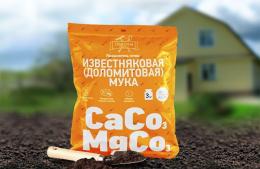
To increase the productivity of plants and prevent them from being damaged by various pests, gardeners, gardeners and simply hobbyistsroom flowers very often they carry out the feeding procedure using fertilizers.
One of these substances is considered to be dolomite flour, the composition of which improves the condition of the soil and has a positive effect on the development of almost all representatives of the flora, preserving their environmental purity. Therefore, the issue of using dolomite flour in the garden should be considered in great detail.
Content:
- What is dolomite flour
- Pros and cons of using dolomite flour
- Using dolomite flour in the garden, how to scatter it correctly
- Determination of soil acidity
- Feeding time
- Feeding methods
- How dolomite flour is used for indoor plants
What is dolomite flour
This type of fertilizer is obtained by crushing and grinding a natural mineral dolomite in special industrial installations to the smallest fractions. This produces a gray or white powder that resembles flour. For this reason it was called “dolomite flour”.
The natural origin of such a powder does not require its enrichment with additional mineral elements. For this reason, flour is classified as a highly environmentally friendly substance, the use of which is safe for human health.
Part fertilizers includes 30% calcium oxide and 22% magnesium oxide. They do not accumulate in large quantities in plant fruits.
In specialized stores, fertilizer can be sold in bags of 5 kg or 10 kg. Its widespread use is due to its beneficial properties and fairly low price, which is a significant factor for many.
Pros and cons of using dolomite flour
The main advantages of using this fertilizer:
- restoration of normal levels soil acidity;
- the structure of the fertile soil layer improves;
- enriching the soil with the necessary chemical elements (potassium, nitrogen, magnesium, calcium, phosphorus), which helps to improve the development of not only the root system, but also the entire plant as a whole;
- activation of the vital activity of various microorganisms that contribute to the improvement of the soil and its saturation with oxygen;
- purification of plant elements from radionuclides;
- reduction in quantity weed in the fertilized area;
- destruction of harmful insects by dissolving their chitinous cover;
- increasing the formation of chlorophyll involved in photosynthesis;
- the quality of fruits improves, which is manifested in their environmental purity and the possibility of long-term storage;
- the effectiveness of the applied mineral and organic fertilizers. This has a beneficial effect on the volume of the harvest;
- plants are less susceptible to infections;
- Possibility of use in different seasons of the year.

Despite the large list of positive properties, the use of dolomite powder has a number of disadvantages:
- the need for preliminary measurement soil acidity;
- compliance with the specified dosage.Exceeding the amount of substance when feeding can cause the death of the plant;
- incompatibility with some types of fertilizers;
- the desired effect occurs after 2-3 months. after fertilizing, therefore it is necessary to take into account the time of the procedure;
- For some plants this fertilizer is not suitable.
The disadvantages are insignificant and will not cause difficulties if you follow the rules for using dolomite powder.
This substance is incompatible with the following types of fertilizers:
- ammonium nitrate;
- superphosphate;
- azophoska;
- ammonium sulfate;
- nitrophoska;
- urea;
- manure (it is added after a few days, reducing the amount by 2 rubles)
It is recommended to apply the listed substances 10 days after fertilizing with dolomite flour.
Using dolomite flour in the garden, how to scatter it correctly
Most plants planted in garden plots will not grow well if the soil is acidic. Therefore, to create ideal conditions, it is recommended to use a soil deoxidizer such as dolomite flour.
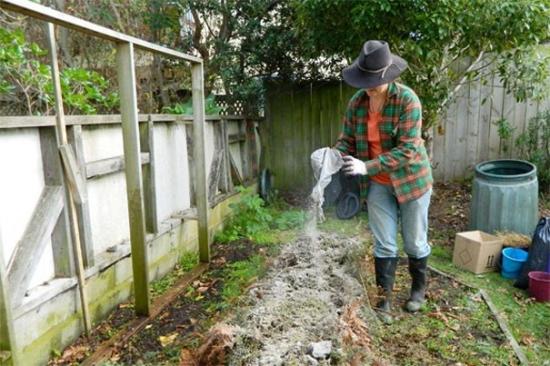
An acidic environment causes the following negative consequences:
- lack of nitrogen. This leads to slow growth of the planted crop, death of buds, the presence of small fruits, decreased photosynthesis due to disruption of chlorophyll formation in the leaves;
- Phosphorus starvation is manifested by such signs as insufficient bloom and fruiting or their complete absence, premature falling of leaves;
- destruction of the root system due to its damage by fungal infection and various parasites;
- the biological properties of the soil decrease.
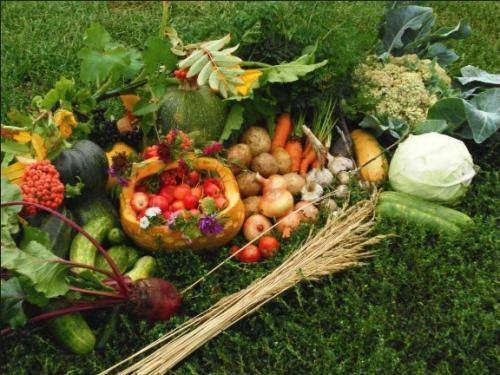
Experts recommend fertilizing with dolomite flour when growing the following garden crops:
- legumes;
- pepper;
- carrot;
- cabbage of all kinds;
- cucumbers;
- pumpkin;
- greenery (parsley, cilantro, dill, lettuce, celery);
- garlic and onion;
- eggplant;
- radish;
- beet;
- zucchini;
- tomatoes;
- turnip;
- potato;
- strawberries
Determination of soil acidity
In order to find out the pH of the soil, it is measured in 4 ways.
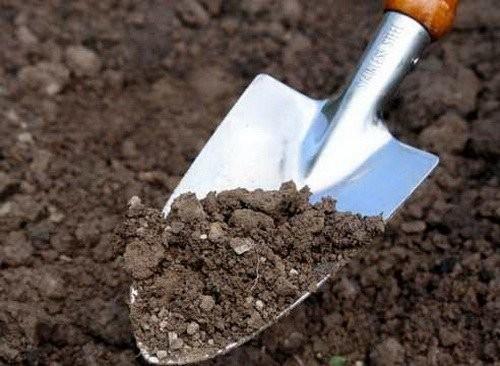
Special device
Purchase an electric meter or pH tester from a specialized store. Such devices are easy to use. Stages of the pH measurement procedure:
- select soil from several areas. If the soil is excessively dry, it must be softened with rainwater until a homogeneous mushy mixture is obtained. Then she must stand for a while;
- check whether the probe of the device is dirty. For the purity of the measurement, do not touch it with your hands;
- The probe is placed completely into the soil and after 5-10 minutes. the pH indicator is displayed on the device screen;
- It is recommended to carry out the procedure 2-3 times. and calculate the average.
An additional function of electrical devices is to measure soil temperature. This helps with spring planting.
The presence of certain plants on the site
If there is a large number of daisies, wild plantain, sedge, horsetail, dandelion, cornflowers, heather, mint, clover, wild rosemary, we can talk about the acidic soil environment.
Using litmus paper
To carry it out, take soil from the site and mix it with water in a ratio of 1 to 4 until a mushy consistency is obtained. For 2-3 seconds. A litmus strip is immersed in the mixture.
After 1 min. its color changes:
- alkaline environment - green or blue;
- slightly acidic soil – pink;
- high acidity of the soil - red.
This method does not require large material costs, but the error of the indicator is several units.
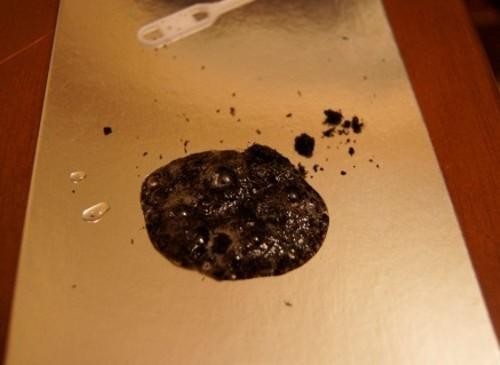
With chalk
Take 2 tbsp. l. soil and put them in a bottle. Add 5 tbsp to it. clean water and 1 tsp. chalk powder. Place a rubber fingertip over the neck of the bottle and then shake it well. Full straightening of the fingertip indicates an excessively acidic soil environment.
Depending on the pH level of the soil, it is recommended to apply the following amount of dolomite powder per 1 m2 of area:
- pH < 4.5 – from 500 to 600 g;
- pH = 4.5-5.2 - 450-500 g;
- pH = 5.2-5.6 – 350-450 g;
- pH from 6 or more - there is no need to fertilize with such a substance.
The consistency of the soil should also be taken into account. If the soil is heavy or planting is carried out on alumina and loam, then the amount of fertilizer must be increased by 15%. In case of mild soil on the site it is necessary to reduce the volume of dolomite flour by 1.5 rubles.
Feeding time
The main advantage of using such fertilizer is the ability to use it at any time of the year. This ensures high-quality preservation of soil properties, which has a positive effect on productivity.
Let's look at ways to use dolomite flour depending on the season
Spring
Scattering dolomite flour over the site is carried out 2 weeks before planting. In this case, it must be distributed in an even layer throughout the entire garden area.
This helps to saturate the soil with the necessary mineral elements and its sanitation, which helps protect crops from being affected by various diseases, as well as from being eaten by all kinds of pests (Colorado beetle, mole cricket).
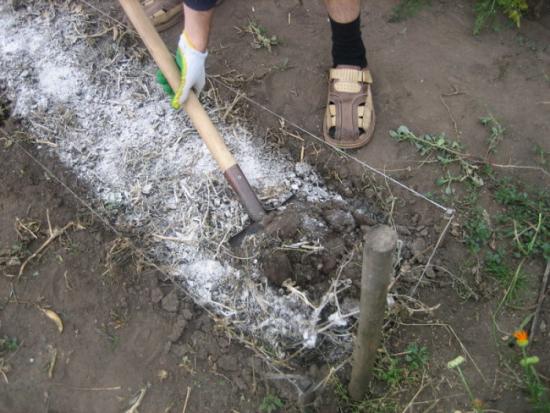
Autumn
It is considered an ideal period for fertilizing fruit trees and shrubs. Dolomite flour is scattered around a circle, in the center of which there is a tree trunk (about 2 kg) or a bush (0.5-1 kg), and then the soil is loosened.
Winter
In the last days of February, fertilizer is poured onto the snow throughout the entire site. In this case, it is necessary that on this day there is no strong wind and frost, and the snow layer does not exceed 30 cm, otherwise the effect of fertilizing will be reduced to zero.
Summer season
Using dolomite powder helps prevent the negative impact of pests on plant development. In this case, you can use dolomite flour diluted with water as a plant spray or apply powder to the soil, observing the correct dosage.
Gardeners use this product before using other fertilizers due to its incompatibility with most types of such substances.
Feeding methods
There are several variations:
- scattering dolomite flour throughout the garden plot, after which the soil is dug up;
- distribution of fertilizer over a certain bed with a rake;
- using a flat cutter, embed the powder into the tree trunk circle. After this it is necessary to carry out mulching soil;
- Before planting seedlings, pour 5 tbsp into each hole. fertilizers and mix the soil.
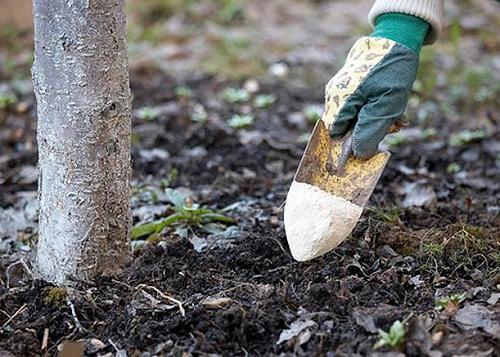
The frequency of fertilizing depends on the type of soil.
Clay soil must be cultivated every year, and dolomite flour is added to light and medium soils 1 r. at 3 years old
American vegetable grower Jacob Meatlider developed his own method for using this fertilizer, which is ideal for feeding plants in the garden.
The procedure is carried out as follows:
- dolomite powder (1 kg) is mixed with boric acid (7-8 g);
- the resulting mixture is added with mineral fertilizers uniform layer;
- perform plowing.
On heavy soil, the amount of dolomite flour required for the procedure is 200 g per 1 running meter, and on light soil – 100 g.
When fertilizing plants grown in greenhouses, per 1 square meter, it is necessary to sprinkle 100 g of dolomite flour over the entire area of the bed, without digging up the soil after fertilizing.
At the same time, a film is created on the surface of the earth that retains moisture, which prevents premature drying of the soil.
Important: before scattering dolomite powder, it is imperative to check the acidity level of the soil in order to avoid the death of planted plants.
You will notice the effect of the fertilizing procedure only after a few months, when the level of soil acidity is normalized, and the maximum result of applying dolomite flour will appear 2-3 years after its use
How dolomite flour is used for indoor plants
This type of fertilizer is widely used by gardeners at home. The main method of adding dolomite flour to the soil of indoor plants is considered to be the feeding method developed by B.M. Makuni.
To prepare a mixture based on dolomite flour, the following components are used:
- superphosphate (1 tbsp);
- sphagnum moss;
- peat (4 l);
- river sand (1 l);
- charcoal (0.4 l);
- soil in which the indoor plant will be planted (2 l);
- dolomite flour powder (1 tbsp).

Place all the ingredients in a bucket and mix thoroughly. The resulting mixture is applied to the soil several weeks before planting the flower.
In order for your plants to fully develop and have high productivity, dolomite flour is ideal for feeding garden crops.
You will be able to reap not only a rich, but also environmentally friendly harvest. Adding it to the soil of indoor plants will protect them from being affected by various diseases, which will have a positive effect on flowering.
Flower care will not cause any problems, and the house will be filled with natural beauty.
You will learn more about the use of dolomite flour and its benefits by watching the video:


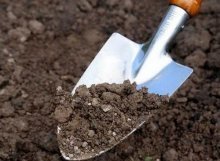
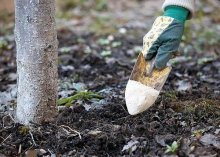
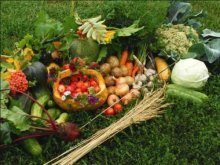
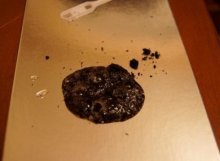
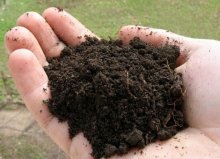

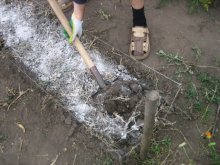
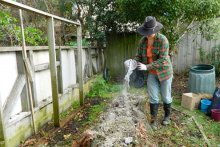
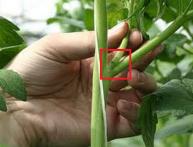

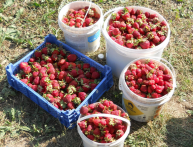
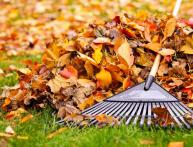
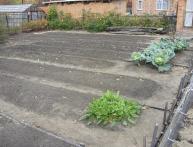
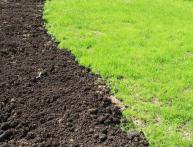

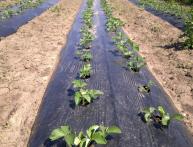
Comments
I wonder if it can be found in our store, where they sell soil and other fertilizers for indoor plants? I was very interested in this “flour”; pests attack both flowers at home and in the garden.
We use dolomite flour in the garden and for indoor flowers in our family and believe that you should too. And this is the right decision, I think! Do you think so too?